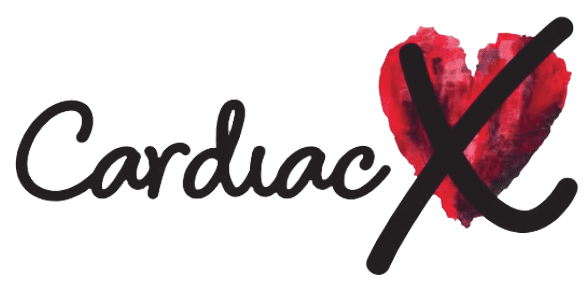When it comes to heart health, knowledge is power. Understanding what happens during a sudden cardiac arrest can help you recognize the signs, take appropriate action, and potentially save a life. In this blog post, we will explore the process of a sudden cardiac arrest and its implications.
What is a sudden cardiac arrest?
A sudden cardiac arrest occurs when the heart suddenly stops beating. Unlike a heart attack, which is caused by a blockage in the blood vessels supplying the heart, a sudden cardiac arrest is triggered by an electrical malfunction in the heart. This malfunction disrupts the heart's normal rhythm, causing it to beat irregularly or stop altogether.
What are the symptoms of a sudden cardiac arrest?
Unlike a heart attack, which often presents with symptoms such as chest pain, shortness of breath, and nausea, a sudden cardiac arrest typically occurs without warning. The person may suddenly collapse, lose consciousness, and stop breathing. In some cases, there may be no outward signs or symptoms before the arrest occurs.
What happens to the body during a sudden cardiac arrest?
During a sudden cardiac arrest, the heart's electrical system malfunctions, causing the heart to quiver or stop beating altogether. As a result, blood flow to the brain and other vital organs is disrupted. Without immediate intervention, irreversible brain damage and death can occur within minutes.
What should you do if someone experiences a sudden cardiac arrest?
Time is of the essence when it comes to responding to a sudden cardiac arrest. Every minute that passes without intervention decreases the chances of survival. If you witness someone experiencing a sudden cardiac arrest, follow these steps:
- Call emergency services immediately.
- Start performing cardiopulmonary resuscitation (CPR) by pushing hard and fast on the center of the person's chest.
- If available, use an automated external defibrillator (AED) to deliver an electric shock to the heart and restore its normal rhythm.
- Continue performing CPR until medical professionals arrive.
What are the chances of survival?
The chances of survival from a sudden cardiac arrest depend on several factors, including the promptness of intervention and the availability of medical assistance. However, studies have shown that immediate CPR and defibrillation can significantly increase the chances of survival. In fact, early defibrillation within the first few minutes can increase the survival rate by up to 70%.
Conclusion
A sudden cardiac arrest is a life-threatening emergency that requires immediate action. By understanding the process and knowing how to respond, you can play a crucial role in saving a life. Remember, every second counts, so be prepared to act quickly and confidently in the event of a sudden cardiac arrest.

